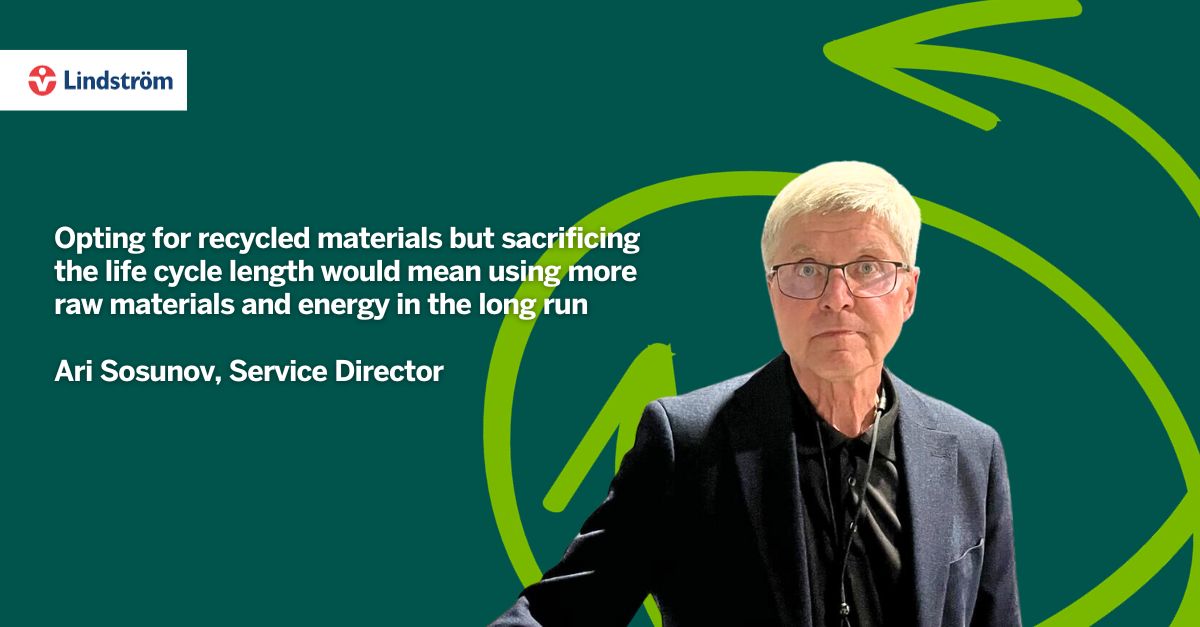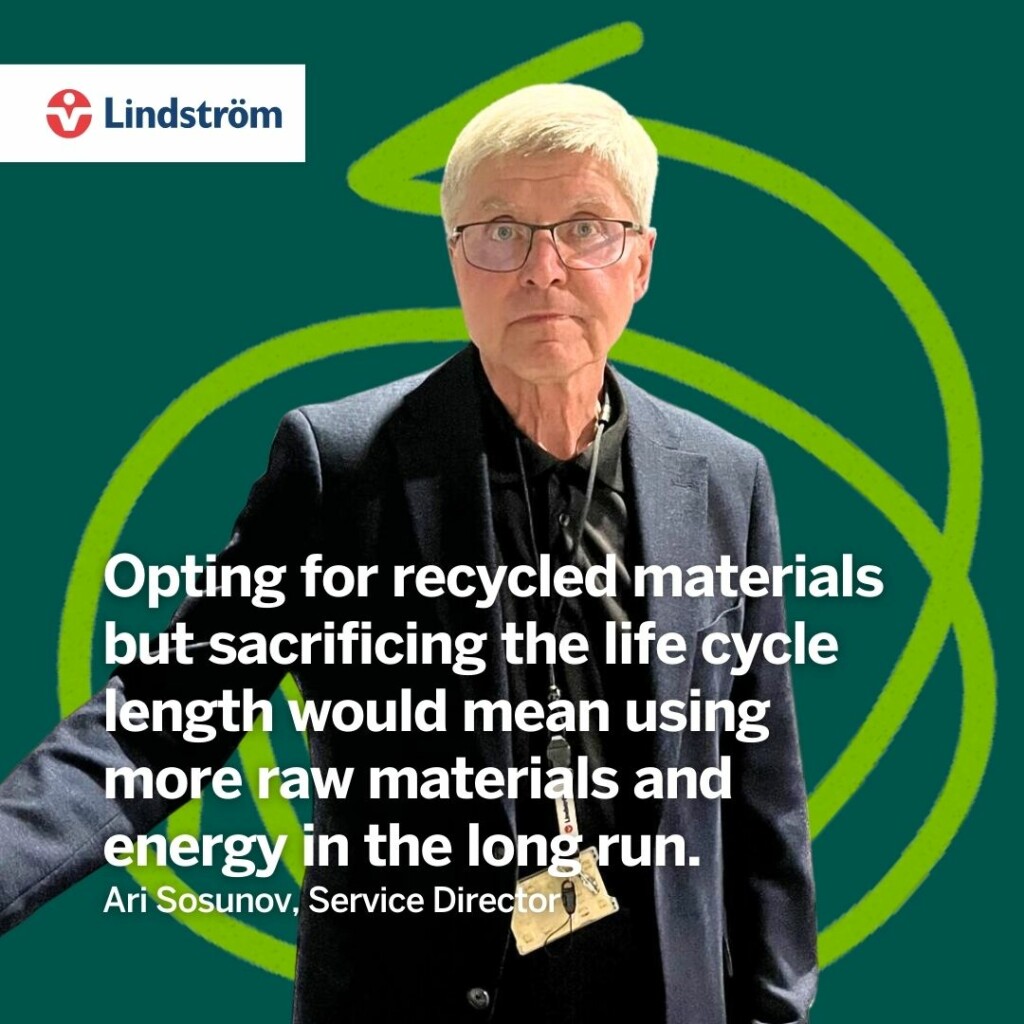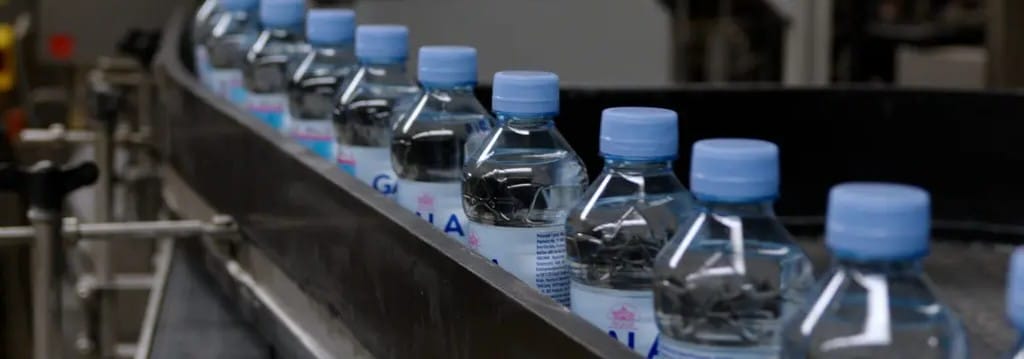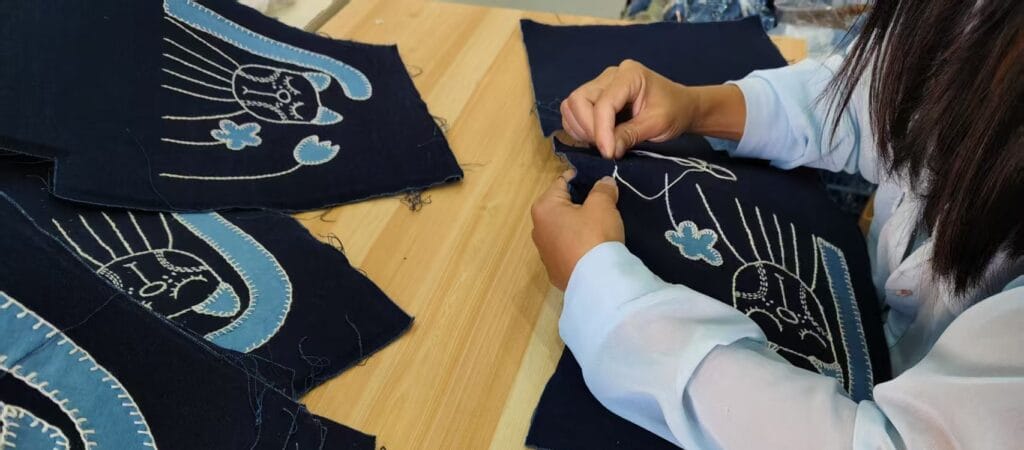
Lindström’s mats continue to improve with time
The world has changed a lot over the decades, and so have mats, their materials, and customer needs. Service Director Ari Sosunov knows that there is much more to mats than their ability to absorb moisture and trap dirt.
Ari Sosunov, if anyone, understands the importance of mats in our everyday lives, from how the structure of the yarn holds particles to how design mats contribute to a company’s brand. The Service Director has over forty years of experience in textile services, especially working with mats.
Ari points out that there’s much more to mats than the ability to absorb moisture and trap dirt. These are, of course, hugely important to ensure that it’s safe and pleasant to move around in a building, be it an office, hotel lobby, or a store, but the benefits don’t stop there.
“The quality of the mat and how often it is changed impacts overall cleaning time and cost. And when the dirt doesn’t travel to the floors, they won’t wear down prematurely. And today, it’s also part of the image of any facility, something that people see when they first enter the building,” he says.

From cotton to nylon to custom-made designs
Our company has provided mat services since 1971. Since then, the materials have gone through many revolutions.
Until the 1990s, virtually all mats were made of cotton. While cotton mats retain water well, their ability to trap dirt and keep their form is not optimal, not to mention the amount of energy and water it takes in laundry processes.
The switch to synthetic fibres was logical: nylon or polyester mats are more durable and easier to repair than cotton mats. A nylon mat’s life cycle can be up to eight or even ten years, over double that of a cotton mat.
“Nylon also holds its colour well throughout its life cycle. If you compare a brand-new cotton mat to a year-old mat, they look completely different,” Ari explains.
The mat’s ability to look good throughout years and countless washes has become increasingly important to our customers. The popularity of design mats, custom-made mats with company logos, patterns, and colours, has risen steadily since the 2000s. Ari says this is due to a broader understanding of what contributes to a company’s image. Mats and their cleanliness – or lack thereof – are often the first thing customers encounter when they enter a building.
“Companies have understood that, in addition to the ability to trap dirt and cut cleaning costs, mats contribute to the overall look of the space. That is why we have mats in different shapes and sizes.”
The service model has also changed throughout the years, and the customer is now at the centre, Ari says. Before, mats were changed according to a fixed schedule, but today, the number of changes is based on every facility’s unique needs.
“For example, we can change the mats every two weeks in the summer, but when the bad weather kicks in, we can change them once per week or even more frequently.”
Sustainability in focus
Starting this autumn, our mats will go through yet another massive shift: all new standard collection mats will be made with 75% recycled nylon and phthalates-free rubber.
A quarter Lindström’s greenhouse gas emissions come from purchased textiles, such as mats, so lowering their carbon footprint makes a big difference for us and our customers. We aim to reduce our greenhouse gas emissions by 50% across the value chain by 2030, ultimately achieving net-zero emissions by 2050.
The shift in materials is significant, but at the same time undetectable to our customers and their customers – and for a good reason, Ari explains. We want to ensure that customers keep getting the same products with the same quality and competitive pricing. When the mats look and perform the same, the roll-out can be done gradually over the years instead of replacing hundreds of thousands of mats in one go.
“Some of our current mats may be just a year or a few months old. It doesn’t make sense to destroy them now. It will take over four years until all the mats are made with recycled materials. That is the sustainable way to roll out the new products.”
Rigorous testing by us and our mat producer, Kleen-Tex, ensures that the recycled mats, made with Renycle nylon yarn, work just as well as the old ones.
”We have washed the mats hundreds and hundreds of times, checking the colours and durability. The only place where you can spot the difference between the new and old mats is the little circular icon next to our logo on the side of the mat,” he promises.
Going digital and circular
The world doesn’t stop changing, and neither does our work in producing high-quality mat service as sustainably as possible. One of the major drivers of change is digital transformation. Each new mat already has a tracking tag, and it won’t be long until every mat shuttling between laundries and customers’ premises can be tracked to keep tabs on its whereabouts and life cycle.
Read more about our commitment to sustainability – Design for circularity, build to last.
One of the areas Ari and his colleagues are currently exploring is how to enhance sustainability at the end of a mat’s life cycle. Currently, old mats can be repurposed as industrial mats or ground into new products. At the moment, most of the discarded mats are finally burned for energy. In the future, the goal is to turn the old mats into raw material for the nylon yarn used in our new recycled mats. However, going fully circular is not as straightforward as it may seem.
“We have done experiments and gotten promising results. But we must do careful calculations to ensure that the recycling process, including transporting mats across Europe, is truly a better option for the environment than burning the mats for energy locally,” Ari explains.
Mats and their role in our world often go unnoticed. But perhaps the next time you encounter one – on your way to the supermarket, entering a hotel or picking your child up from the kindergarten – you stop to look down for a bit. For Ari, with his decades of experience, this comes naturally wherever he goes. And often, it doesn’t stop with looking.
“Once, we were in a shopping centre with my daughter. At the entrance, there was our mat with one of its corners turned upward, so I rushed to put it right. ‘Dad, please don’t, everybody’s watching,’ my daughter moaned. But I couldn’t help myself, I just had to do it,” Ari says with a chuckle.






